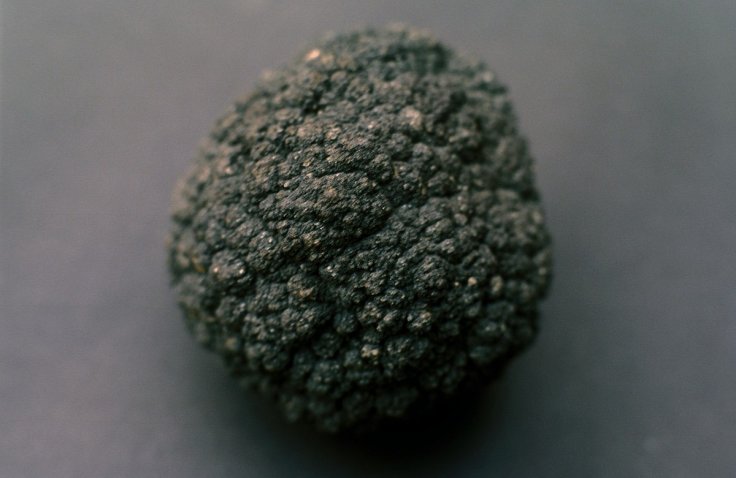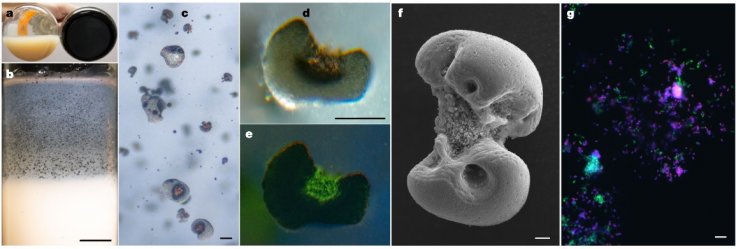After discovering flesh-eating, hydrogen-eating or oil-eating bacteria, now microbiologists from the California Institute of Technology (or Caltech) have discovered a type of bacteria that eats and gets its calories from metal. But the finding came as an accident after the scientists performed unrelated experiments using a chalk-like type of manganese, which is often found in minerals in combination with iron.
All these happened when Dr. Jared Leadbetter, professor of environmental microbiology at Caltech left a glass jar covered with the manganese to soak in tap water in his office sink and left the vessel for several months when he went to work off-campus. But after his return, he found that the jar coated with dark material.

Explaining the material, Leadbetter said, "I started to wonder if long-sought-after microbes might be responsible, so we systematically performed tests to figure that out." Later, the researchers from Caltech discovered that it was oxidized manganese which had been generated by bacteria which most likely found in tap water.
Leadbetter said they have found evidence that the "relatives of these creatures reside in groundwater, and a portion of Pasadena's drinking water is pumped from local aquifers."
As per the finding, which was published in the journal Nature, the researchers have claimed that these are the first bacteria to use manganese as their source of fuel. Leadbetter said, "A wonderful aspect of microbes in nature is that they can metabolize seemingly unlikely materials, like metals, yielding energy useful to the cell."
The Research Revealed More
The scientists at Caltech also found that the bacteria can use manganese for a process called chemosynthesis. In this process caused by certain microbes carbon dioxide converts into biomass.
Scientists had speculated that the unidentified microbes could harness the process to stimulate growth. They believe that the new discovery will help them to better understand groundwater, as well as the water systems which can become clogged by manganese oxides.

Iron-Respiring Bacteria
In 1993, iron-respiring bacteria was discovered in the Democratic Republic of the Congo's Kabuno Bay, providing evidence that microorganisms could have been directly involved in depositing the Earth's oldest iron formations.
The study by University of British Columbia (UBC), published in Scientific Reports in 2015, said the microbes metabolize iron and grow at rates high enough to indicate their ancient equivalents were capable of depositing some of the world's largest sedimentary iron ore deposits, known as banded iron formations. By oxidizing iron, these microorganisms likely helped shape the chemistry of the Earth over billions of years, making it mineral rich and complex as is today.
Many researchers believe iron-metabolizing microbes dissolved iron into minerals. "Kabuno Bay is a time machine back to the Earth's early history when iron-rich ocean chemistry prevailed," said Marc Llirós of the University of Namur, first author of the 2015 paper.
"The bay is giving us real-world insight into how ancient varieties of photosynthesis may have supported Earth's early life prior to the evolution of the oxygen producing photosynthesis that supports life today," said UBC geomicrobiologist Sean Crowe, senior author of the study.









